Disclosure: We may get commissions for purchases made through links in this post.
It's normal to see spaces between pavers. But do you need them? Or should you seal them right away? We did the research and share what these gaps are for and if you need spacers between them.
Paver spacers are used to level and protect the corners and edges. When leaving a space between pavers, consider one-eighth inch for flat surfaces, and half an inch of space for curved roads, like pathways. Additionally, if you want stone fillers between pavers, you can leave up to three inches of a gap.
Homeowners have different reasons for leaving gaps between pavers. Others want to save money, while others want to be fashionable. However, these are not always appropriate to do so. If you act without first assessing the factors affecting these spaces, you may encounter issues. We'll go over it further and give you an idea if you could leave your pavers apart. So, keep reading.
![Home improvement paving in progress, with tools and unfinished pavers and spacera laid out on the floor, Should You Use Spacers For Pavers [How Big Gaps Inbetween]](https://pavingplatform.com/wp-content/uploads/2022/03/Should-You-Use-Spacers-For-Pavers-How-Big-Gaps-Inbetween.png)
What Are Paver Spacers?
Paver spacers, also known as spacers, are made of polyethylene plastic, silicon, or rubber. These are designed to keep the corners from breaking and serve as a stabilizer. However, it is recommended that you place spacers during the paver installation. It's time-consuming to attach spacers on existing pavers, specifically if there's no space between them. Spacers are a wise choice, but the cost will vary depending on the type of pavers used and the size of the area.
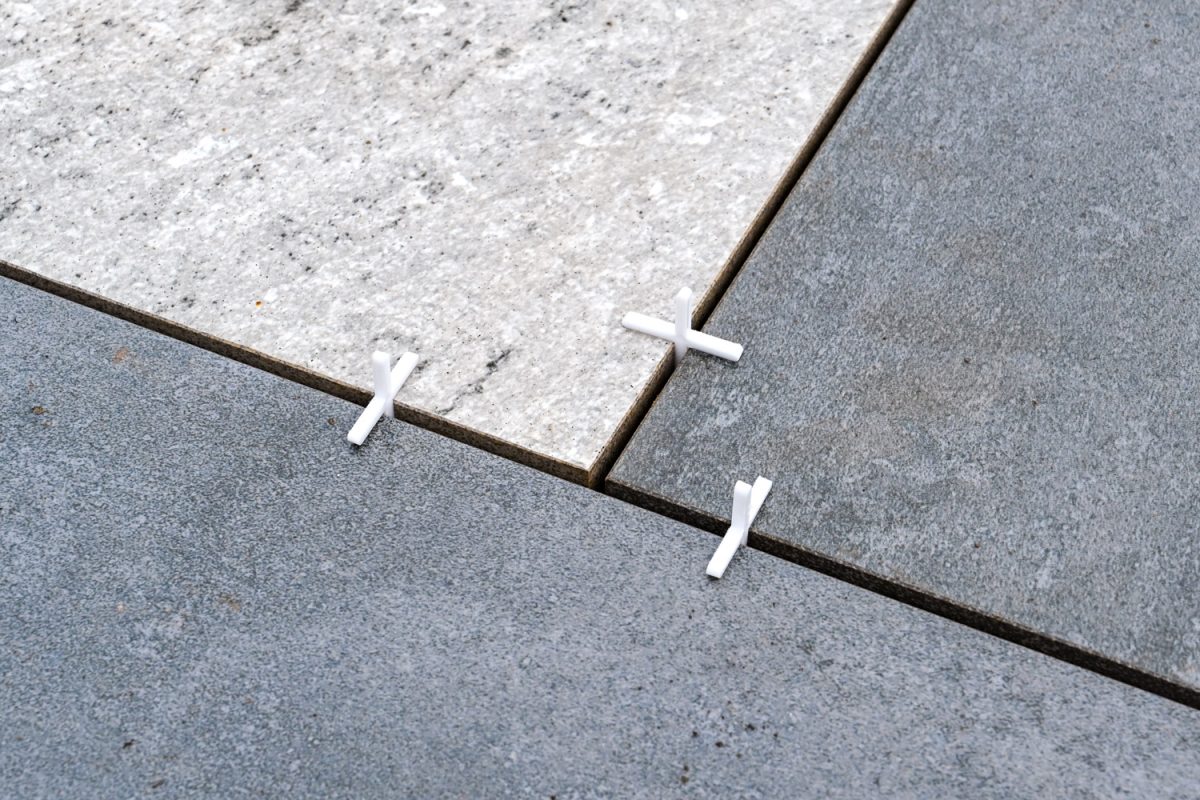
See this Rubber Spacer on Amazon.
How To Attach Spacers
Most spacers are meant for square-shaped pavers, patios, and tiles. Attaching them to a bulky paver may not be suitable. However, you may consider these steps:
- Dust off the corners of the paver.
- You may sterilize the spacers with hot water to increase friction, but it's fine if you don't.
- Dry out the spacers and attach them on four corners between pavers.
- Usually spacers come in the shape of a cross. So, cut the excess of the spacers to fit in the area.
How Long Do Spacers Last?
Spacers are made of soft materials yet durable to heat, and they can last for up to 15 years. Spacers are also effective at resisting moisture and preventing impact. However, in addition to using spacers, you should fill the paver joints. If you leave the pavers unfilled yet with a spacer, they may pop out of place. This could lead to danger similar to a domino effect. That is why it is necessary to fill the joints.
Do Spacers Need To Be Replaced?
If you use sand to fill in the gaps between pavers, the spacers installed might be hardened already. You'll probably need a professional to replace the spacers. But if you'll do it, you need to remove the pavers in place and install them again with a new spacer on the corners. However, some manufacturers make replaceable spacers for convenience.
Spacers Vs. Sealants
Briefly, spacers are meant to leave a gap between pavers. On the contrary, sealant is used to lock pavers. You can place spacers on the corners yet fill the smaller gaps with a sealant. If you wish to install both, attach the spacers first before the sealant. They may have a contradicting function, but these can protect the pavers. Sealants can completely cover the space, while spacers can reserve space for the convenient removal of pavers.
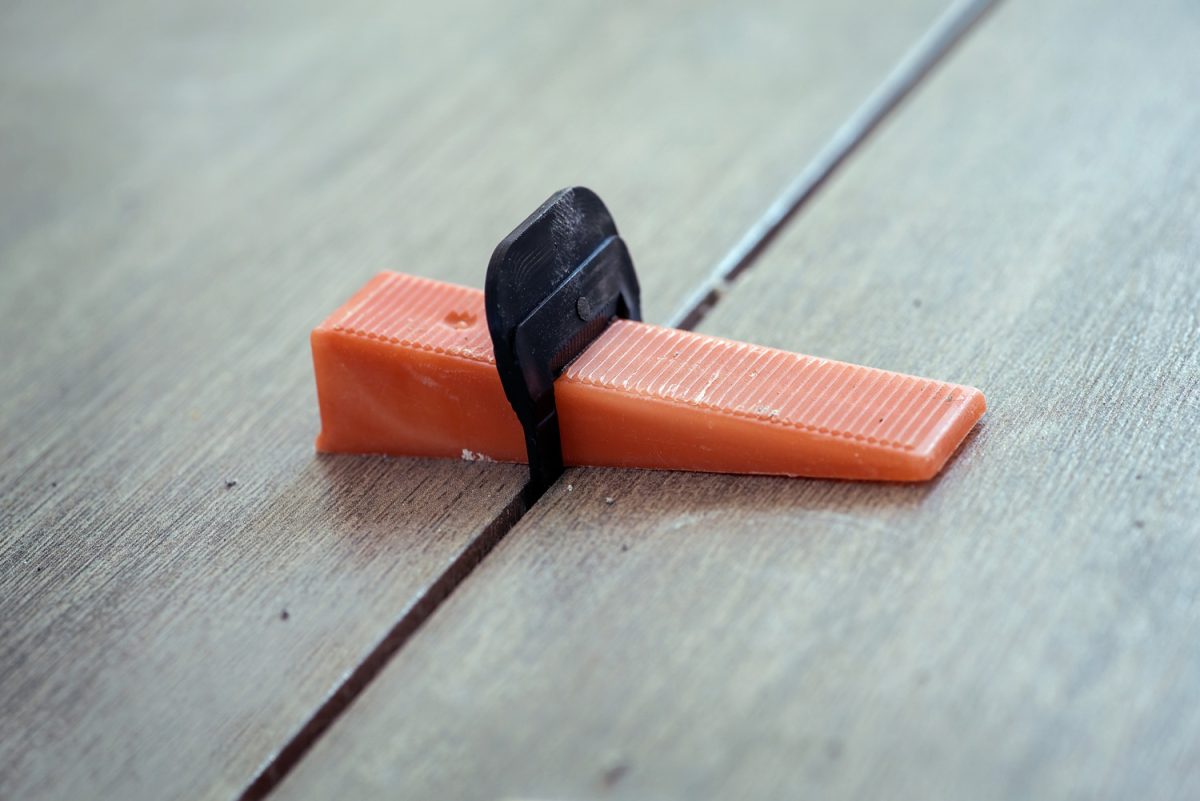
How Wide Should Be The Space Between Pavers?
The standard space between pavers is one-eighth inch. However, the distance between pavers should be no more than 17 inches. The wider the space, the higher the cost of the filler. On the other hand, the narrower the space, the more pavers you'll need for the entire area. You can choose between standard paver spacing or a personalized look with wider spaces based on this comparison.
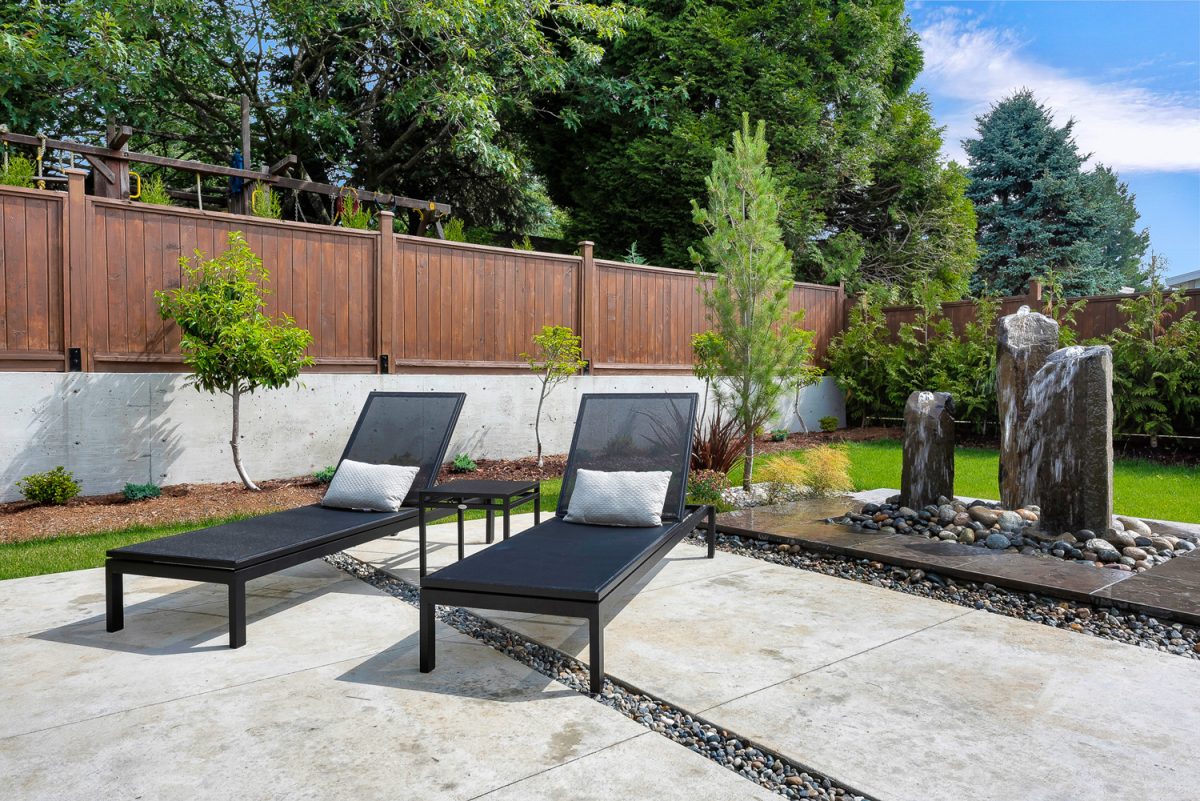
Open Paver Gaps: Pros And Cons
Homeowners usually keep the pavers as tight as possible. It's because they can save a lot of sealants and time for maintenance. However, leaving an open gap between pavers should be appropriately evaluated. For other ideas, we're listing down some pros and cons.
The following are the pros of open paver gaps:
- The pavers are easier to remove, specifically if the purpose is temporary.
- You can customize the look depending on the filler you choose, such as pebbles.
- Since the pavers are not compressed, there will be no protrusion underneath.
The following are the cons of open paver gaps:
- Sprouts may grow between pavers, which will result to misalignment.
- Pests may live between pavers.
- The ground may accumulate too much dirt, and the pavers will be harder to clean.
Before you leave an open gap between pavers, it's better to consult an expert. This will lessen your worries.
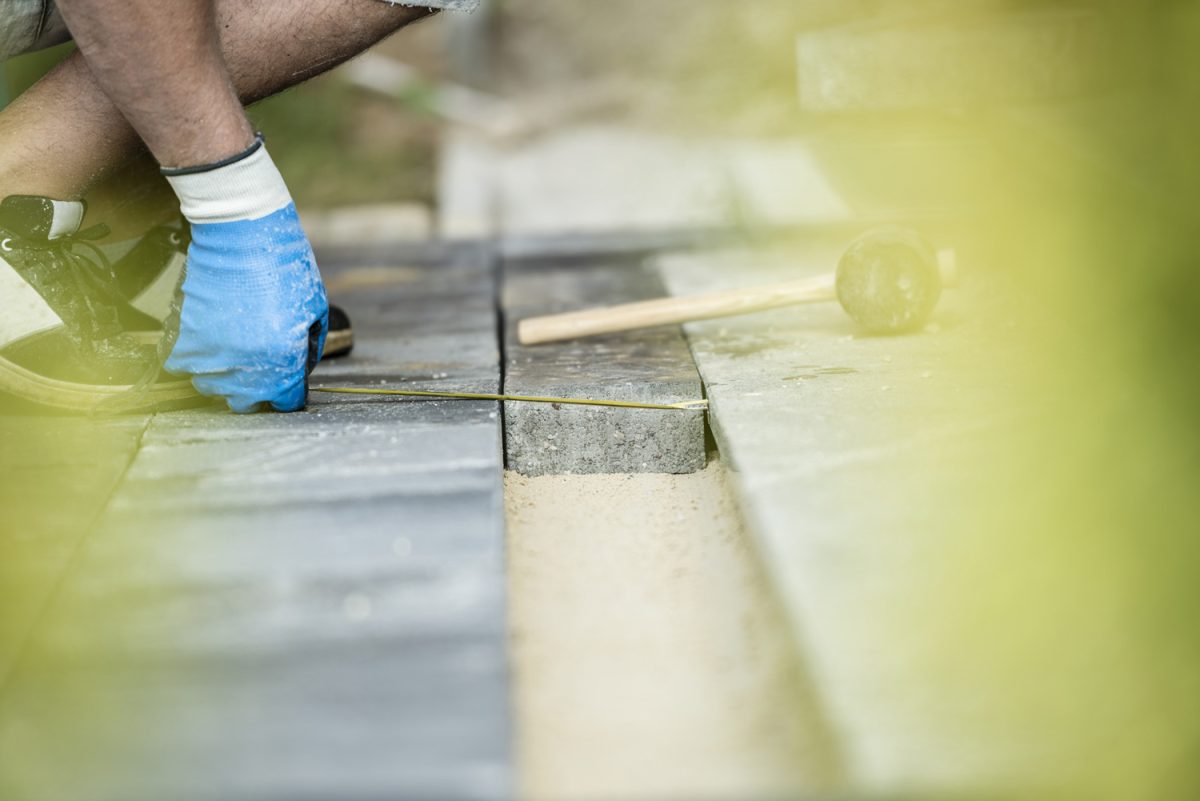
Can You Widen Or Compress The Paver Gaps?
Widening or compressing the paver gaps will require professionals. These are not DIY projects, but they can be done. However, you should consider how much space you want between pavers before the actual installation.
These factors that can affect paver spacing change:
- It will take some time to reframe the pavers into the desired distance between them if you used a very strong adhesive.
- Shrinking the paver gaps may end up requiring more pavers to cover the entire area.
- Upon replacement, pavers might obtain damages. Therefore, the quality of pavers may degrade.
It's hard to redo the paver installation. That's why you need a proper assessment from the beginning.
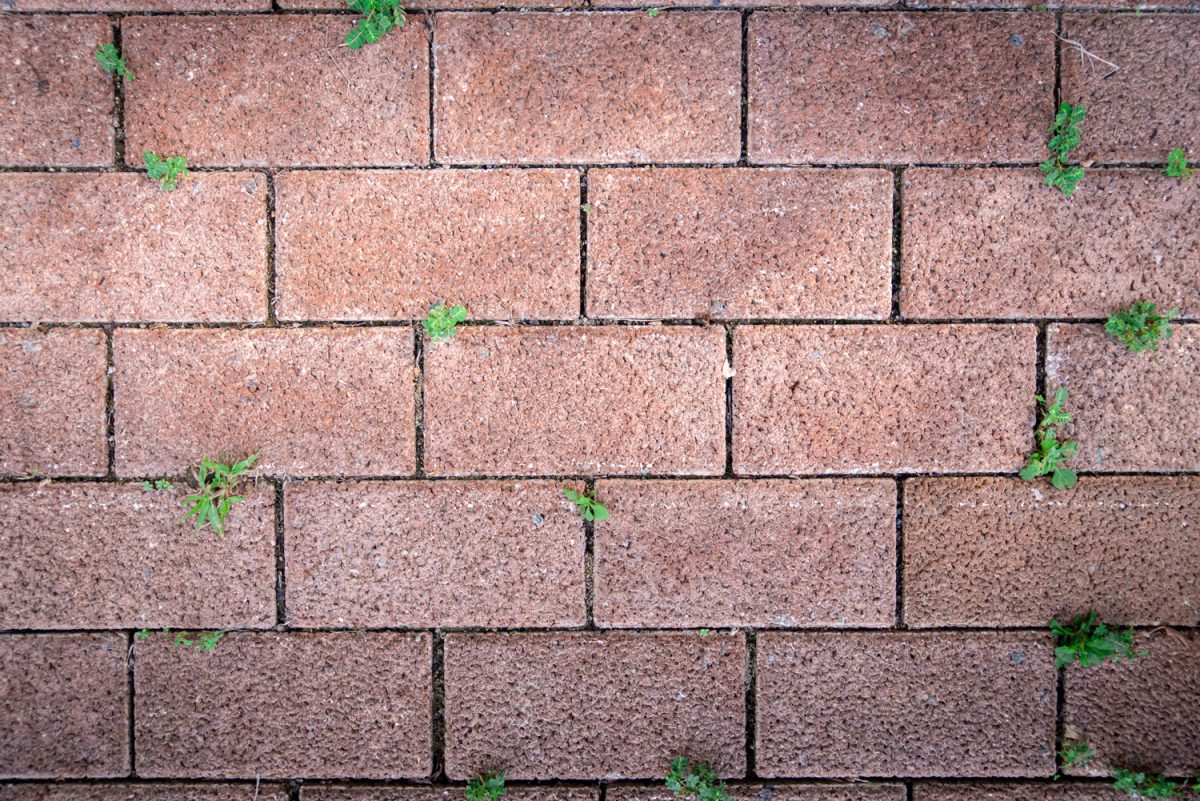
Can You Use Pesticides For Paver Joints?
It's okay to use pesticides on paver joints. Just remember the safety precautions before doing so. For cleaner air, use a non-bleach pesticide. Another way to restrict pests' ability to inhabit between pavers is to clean them more frequently. Pests live because of minerals accumulated underneath the pavers. You need to eradicate these minerals to keep the pavers' quality.
How To Prevent Weeds From Growing Between Pavers?
Weeds, like any other plants, create inconveniences on pavers. These can attract moths, ants, and other pests to inhabit between pavers. Also, weeds produce unwanted smells when the sun heats them.
You may follow these steps to prevent such things to happen:
- Wet the surface with lukewarm water where the weeds grow.
- Uproot the weeds, then dig at least a quarter inch from its spot.
- Spray bleach or detergent to kill the source of minerals.
- Blow-dry the surface and fill the pavers again.
If weeds reappear after a few days, you might need to reapply sand to the paver joints. It's better to remove weeds, or any plants, as early as possible to stop them from growing. Many homeowners ignore this issue, which causes misalignment and significant repairs.
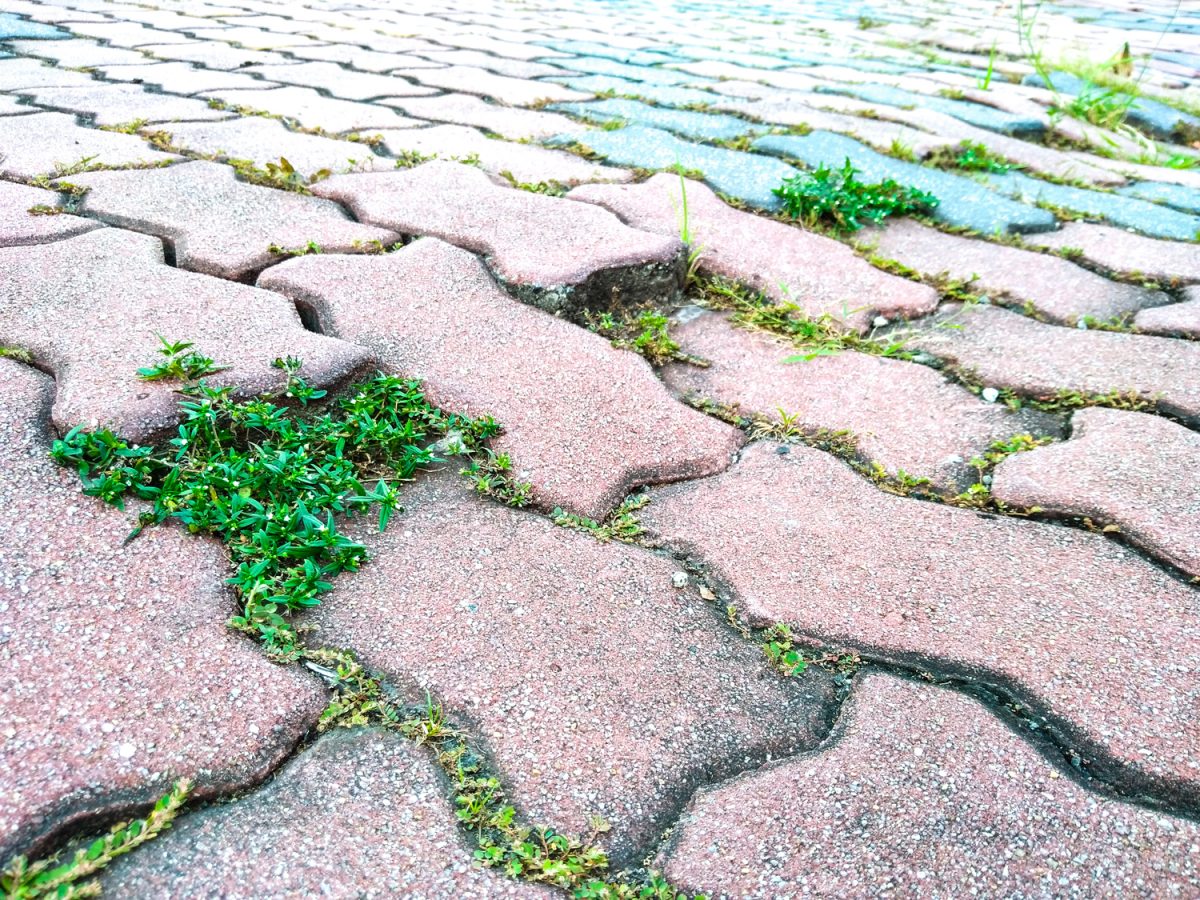
See this weed remover tool on Amazon.
Can Pavers Be Used For Poolside?
You can install pavers poolside. Choose a paver with a rough texture and not a glossy one as they may become slippery when wet. Seal the pavers with rubber sealant or granular sand. You may apply caulk on the edges between pavers and poolside to minimize movement and block moisture.
How To Protect Pavers From Snow And Extreme Heat
Pavers absorb both hot and cold temperatures. Pavers are typically made of clay bricks, concrete, sand, and stone, which are good for trapping hot and cold molecules that can last for a few hours.
Furthermore, it's still safe to walk on pavers even in a sudden temperature change. You need to observe and act upon them, especially in winter, when the snow may damage the pavers if it's too heavy. Extreme heat may keep the air dry and scorching due to sand fillers.
To keep the pavers safe from breaking in the winter season, apply sand and seal the paver joints before it snows. On the other hand, you may spread water on the surface to lessen the heat or pressure-wash the pavers to release a cold updraft of air.
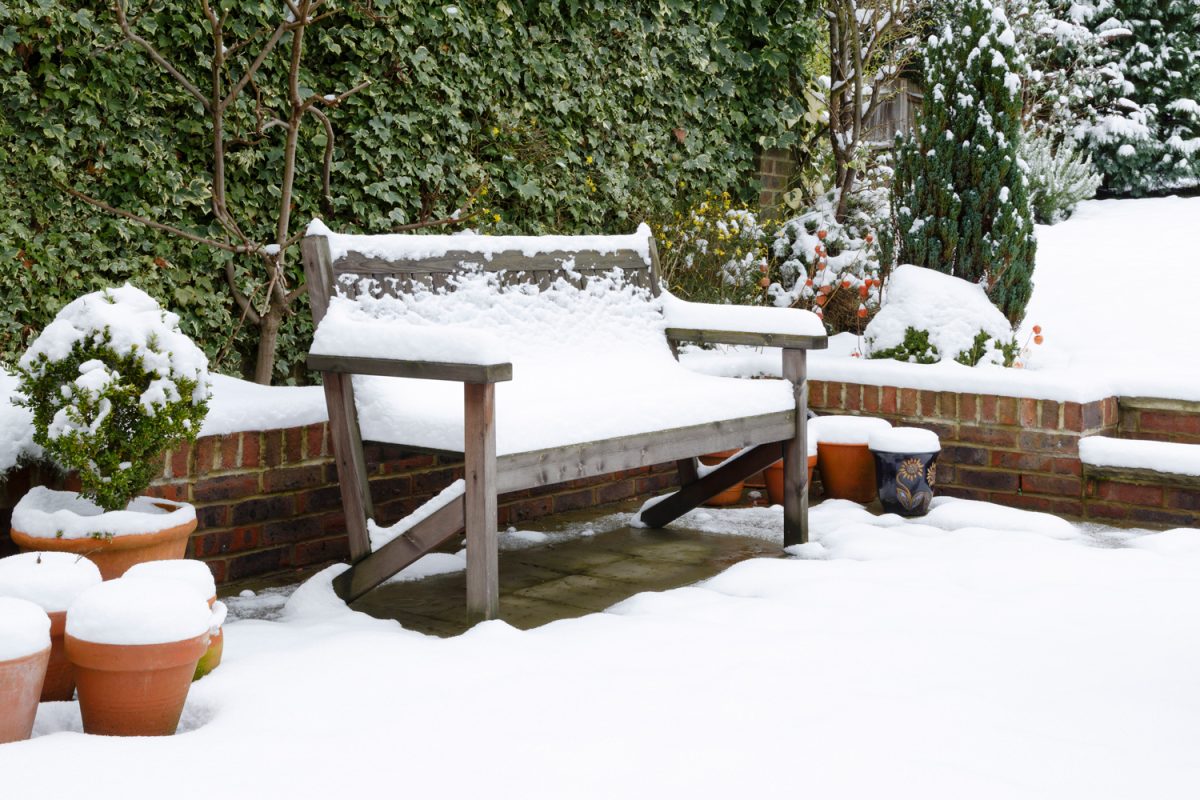
See this pressure washer on Amazon.
Giving Space
It's fine to make space for pavers. The spacers can keep the pavers' corners safe from destruction. When we have to install the pavers, we should also give space for ourselves to assess the ground.
Aiming for further learnings? Visit these articles:
Does Polymeric Sand Prevent Weeds? [Plus Helpful Tips To Stop Weed Growth In Pavers!]





![Vibrant Red Paver Stone Path, Can You Spray Paver Sealer? [How To Apply It]](https://pavingplatform.com/wp-content/uploads/2022/04/Vibrant-Red-Paver-Stone-Path-600x400.jpg)
![Properly laid out red pavers for a garden, Can You Tint Paver Sealer? [And How To]](https://pavingplatform.com/wp-content/uploads/2022/04/Properly-laid-out-red-pavers-for-a-garden-600x400.jpg)
